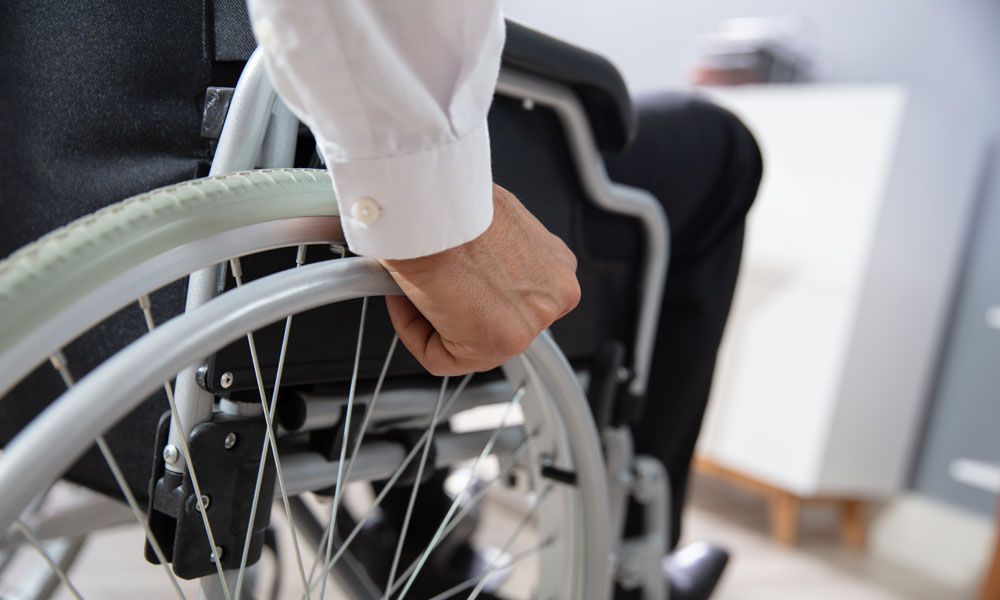In this uncertain economic and political environment, disability insurance — otherwise known as paycheck insurance — remains vitally important as a way of protecting your employees and their loved ones from financial disaster.
Yet as many as 80% of Americans fail to take the initiative to put it in place, probably because they believe the myths surrounding the key financial tools. In the same study, more than half of American respondents admitted they know little to nothing about disability insurance, although seven of 10 of employed workers in the U.S. say they’d feel a financial pinch in a month or less if they had to do without their paychecks.
Unfortunately, other studies indicate 25% to 30% of all American workers will sustain some disability during their careers that will prevent them from working at least temporarily.
Are your employees among the millions of people who don’t fully understand how disability insurance works? If so, you may wish to share with them the most common myths surrounding disability policies.
Myth No. 1: If workers are disabled, their other financial resources will sustain them
For many who become disabled, the loss of regular income coupled with piled-on medical bills represents a major financial problem. Those who expect to “get by” financially through a combination of sick leave, vacation time, a spouse’s income, Worker’s Compensation and/or Social Security benefits often find those resources fall far short in meeting their regular expenses and other financial obligations. Of course, the problem is compounded if their disability becomes permanent.
Myth No. 2: Consumers will be fine without disability insurance as long as they live low-risk lives
Consumers’ lack of participation in contact sports, their low-key hobbies and their spotless driving records don’t negate the need for disability insurance, since a whopping 95% of all long-term disability claims are caused by illness and not accidents or injuries, reports the Council for Disability Awareness. The top 10 causes of disabilities? Musculoskeletal issues, cancer, injuries, cardiovascular problems, mental disorders, pregnancy, nervous disorders, infectious diseases, digestive system problems and respiratory diseases.
Myth No. 3: Most people can still work if they’re disabled
That may or may not be true. The work they can still perform may not fully replace their current incomes, or they may be limited to working fewer hours. The truth is, even the best attitude and work ethic may not be able to sustain an employee after he suffers a catastrophic illness.
Myth No. 4: Disability insurance is more important for men than women
Not so. Studies show women file more disability claims than men — partly because of their higher incidence of breast cancer, autoimmune disorders and depression — and their disabilities also tend to last longer.
Myth No. 5: Disability insurance is unavailable for those with existing conditions and/or high-risk lifestyles
It’s true many insurance companies assess such risk factors before quoting prices on policies, but few are flat-out denied coverage. It’s more likely that their costs may be higher and/or their policies will contain certain restrictions.
Myth No. 6: Younger workers don’t need disability insurance
Unfortunately, no one knows what the future will hold for them in terms of illness or injury. According to the Social Security Administration, more than 25% of today’s 20-year-olds will become disabled in some way before they retire.
Have more questions about why, when and how your employees should invest in disability insurance? Call the specialists at Ochs (651-665-3789) to learn more about how we can protect your valuable workers financially from unforeseen injuries and illness.

